

This week on the Wit & Delight Podcast, we are talking with Chelsea Brink, an immensely talented designer, illustrator, and creative director. Chelsea and I have followed each other on Twitter for a really long time, and the topic that brought us together to talk for this week’s episode was the link between creativity and mental illness.
Chelsea and I have both gone through different paths of exploring how to accept one’s unique brain and to figure out the best way to live with it and work with it. We know that creativity often requires us to go deeper inside ourselves to tap into things that are a bit more taxing—whether emotionally, intellectually, or physically—in order to make our work. Exploring those depths feels like part of the job, so the question we’re asking today is this: As creatives, how do we protect our well-being, really understand who we are, and find better ways to work?
Chelsea and I dove deep into the ways that we’ve changed since we were starting out as young designers, and we have some really great tips for all of you who are looking for better ways to work—whether it’s adding medication into your life, going to therapy, or just getting a better sense of awareness around your own actions and behavior.
Read a portion of our interview below, and listen to the entire episode on The Wit & Delight Podcast!
Name: Chelsea Brink
Field: Design, Illustration, and Creative Direction
Website: Chelsea Brink
Instagram: @chelseabrink
About Chelsea: Chelsea is passionate about collaborating with clients and agencies to concept and visualize brands and experiences. She loves bold type, design with intention, and has an insatiable taste for the rainbow. Her work has been featured in several publications and award shows including BuzzFeed, Print Magazine’s Regional Design Annual, Graphis, How Magazine, AdFed Minnesota’s The Show, and AIGA Minnesota’s Design Show. She’s worked with many agencies including Zeus Jones, Knock Inc., Media Arts Lab, 160over90, Periscope, Fame Retail, and Adventure Advertising. She currently freelances in Minneapolis and is always happy to hear about new projects and opportunities!
Chelsea, hi! Today we’re going to be talking about creativity and what makes our unique brains so well equipped to take on a career path that has creativity at the core. Tell me a little bit about when you knew you were going to go into a creative path and had a unique way of looking at the world.
Chelsea Brink: The best example I can think of is actually something my mom always talks to me about, so maybe it was when she knew. But when I was a kid I always used to put my puzzles together upside down. I would look at the shapes, and I would be able to see, just by looking at the shapes, how puzzles would be put together. I was also very particular at a young age about the clothes I wore—like exactly how a logo was placed on a shirt—and about dressing myself in general. All of that type of stuff.
And then I got into the arts at a really young age. I always loved art class. I loved music, played violin and piano, sang in the choir, did theater, did visual arts. So I was very much in that world from a super young age.
Was there someone who really helped see that spark in you, or is it something that you’ve always felt your path was driving toward on your own? Did you have anyone along the way that really helped you and encouraged you to follow that path?
Chelsea Brink: There were so many people. I think one really formative creative person was my fifth-grade orchestra teacher. That was the year we entered into orchestra, and he at the time was 27, which is weird thinking that I’m like older than he was then. But he was so inspiring and took a really fresh approach to music. You think of boring, classical music when you think of orchestra, but he got people so excited and he really fostered my love for the arts in general. I always remember him saying one thing to me, which was, “You have to love the music, not the composer.” So that’s kind of carried with me into a lot of different realms. I had an amazing theater teacher as well.
So it’s a love of what you’re creating, not your relationship with the act of doing it or with the struggle or with the practice?
Chelsea Brink: Totally! Or even just your general surroundings. So that would maybe translate into a work environment in terms of your boss or your clients. You have to be able to separate yourself from those things, and love the craft itself.
That’s such great advice on how to not get burnout with everything that goes into making life happen. You know, there are the moments that you enjoy and then there’s the stuff you have to do so you can enjoy those other moments. And that is part of understanding how to take care of yourself so you’re able to do your best work.
Chelsea Brink: Right.
How long did it take you to come to that realization? Have you had some ups and downs along the way, in figuring out how to balance the stuff that you have to do versus the stuff that you love to do?
Chelsea Brink: Yeah. I mean, I’m going to come out with something very dramatic off the bat here, but I’ve spent pretty much my whole life in a series of anxious and depressive patterns. And I got to a point about a year and a half ago now where I had this epiphany moment. I’ve done therapy for many years—over a decade of on and off different therapists since I’ve moved around the country a bit. At this point, I’ve found a great therapist, and I’ve decided to commit to seeing her every other week for an extended period of time. So it’s been over a year with her now, but I orginally went into therapy with this epiphany of, I can’t point to a time in my life where I’ve ever been happy. Ever. Which is heavy.
It’s very heavy, but something I can very much relate to. There are moments of joy and there are moments of feeling happiness, but the steady, constant state is one of melancholy. How old were you when you had that epiphany and realized that?
Chelsea Brink: This was in the last year and a half, truly. And I’d felt it for a long time. I’d been aware of it, but I had never been able to really crystalize it down until then. And I realized I wasn’t feeling many periods of joy or happiness at all. I was bogged down with a mostly anxious brain, with significant periods of depression as well.
There’s this huge link between people who are in the creative industry and mental illness—I think I’ve heard something like 95% are experiencing some kind of low-level mood disorder, which means you feel the highs higher and the lows lower. And that goes all the way down to being severely depressed for a period of time where it can start to feel like the norm. How have you been able to continue to make creative work even while experiencing this constant feeling of being bogged down? Because life doesn’t stop.
Chelsea Brink: I took one of the millions of personality tests last week, and I learned that one of my main traits is that I’m a deliverer. I’ve always been someone who finds a lot of value and self-worth in completing a task and being somebody who’s very reliable. So that has always been a driver for me. I don’t think that everyone carries that personality trait. All of our brains work so differently, and you have to tap into the things that work for you. And for me, being a driver means that I’m always thinking, I have to get this done, but it doesn’t necessarily make the work super enjoyable.
In the last couple of years, I’ve started to really become more aware and comfortable with how my brain works and what it takes to get work done. I know that what makes me a great graphic designer is that I can see a lot of pathways and I can see a lot of different directions something could go. But because of that, I can also tend to pick everything apart, which can make it hard to get to a final answer because I will spin and spin and spin and spin and spin. – Chelsea Brink
So in the last couple of years, I’ve started to really become more aware and comfortable with how my brain works and what it takes to get work done. I know that what makes me a great graphic designer is that I can see a lot of pathways and I can see a lot of different directions something could go. But because of that, I can also tend to pick everything apart, which can make it hard to get to a final answer because I will spin and spin and spin and spin and spin. I’ve also learned a lot about being a verbal processor. I need to talk through things, and it can be extremely hard for me to just sit at my computer and create and just think, Okay, now I’m done. I’m currently working on a huge project—like the biggest project of my life—and I actually had to call a friend this weekend and ask, “Hey, are you busy tomorrow? Can you come over for two hours, and essentially just let me talk this out and get some feedback?” I know as soon as I say things out loud, I’m going to be able to process them better and organize my thoughts.
Which can be really hard when you’re 1) working for yourself or as an extension of an agency and 2) having to ask for help. Especially when you’re in the process of creating something that is very personal. And it’s always personal as it’s coming out, even if you are thinking, This is not my baby, I’m sending it off. When you’re in thick of it, it’s so important but so hard to ask to talk through it. I love that you just told that story because that’s something that I’m really struggling with too.
Chelsea Brink: And I think too, there’s this mentality on the Internet and everywhere that we shouldn’t need someone else to help us through. The most feared woman is the woman who doesn’t need the validation of others. But I think there is a reality where you do need outside input, even if it’s not necessarily validation.
We’re pack animals. We came from villages where everyone raised their kids. I think in general we’re social beings and even as we are more connected than ever before, there’s this rising trend of isolationism even though people have all these different ways to connect. And I think you’re touching on this idea of coming into a new evolution where we’re learning how to pick each other up and ask each other questions and be there for each other—not only for the successes but also for the process and for the hairy times and for really understanding that all of us need that from one another. It’s about understanding how you work and knowing that connection is so important.
Okay. You’ve talked a little bit about figuring out how to hack your own brain to get from point A to point B in a project. Were there any myths that you had to debunk about your own creative process or did you have a sort of idea of what you felt it meant to be a creative? Sometimes people say, “I have to hate everything that I do and suffer through it to find the right answer,” when the answers maybe come naturally. Do you ever feel like you have to like suffer through something in order for it to be good?
Chelsea Brink: Yeah. I think there’s definitely a point, even in this current project, where I think, Oh, the answers are coming naturally to me. It’s not necessarily taking hours and hours and hours and hours and hours and hours. I’ll get to a point where I realize what I’m working on is clear, but yeah, it does often still feel like I should be spending more hours on this, or it should be harder for me. But then I look at it from the outside and realize that means I’m doing what I should be doing. I still would say I’m learning to enjoy and respect that I’m being hired for things I’m already good at, and it doesn’t need to be a painful process.
My therapist is very focused in family origin stuff, so I know from patterns from growing up that my brain just tends to process things very negatively. I’ll tend to find problems. At any moment, in any given situation, I’ll be able to find things that are inherently wrong, which makes me a great designer and creative person but also can really stall things. It’s a work in progress for me to realize that I don’t need to kill myself over every project in order to deserve what I’m receiving in return.
Right. How do you find ways to be self aware of those patterns while you’re making things?
Chelsea Brink: It has taken a lot of work. It has not been an overnight thing. And you’ve talked about this a lot on your social media recently, which is that it is a tiny baby step every day over years and years. If you’re at the beginning of a mental health journey, it can just seem so daunting. It can feel like you’re never going to get there. And for me it’s taken almost a decade of being in therapy on and off you to finally realize I’m no longer where I was 10,000 steps back. But it’s hard to see those tiny, incremental steps that make a difference along the way, because it isn’t an overnight thing.
If you’re at the beginning of a mental health journey, it can just seem so daunting. It can feel like you’re never going to get there. And for me it’s taken almost a decade of being in therapy on and off you to finally realize I’m no longer where I was 10,000 steps back. But it’s hard to see those tiny, incremental steps that make a difference along the way, because it isn’t an overnight thing. – Chelsea Brink
I would love to wake up one day and realize, Oh my God, today’s the day! Everything is perfect now! I’ve got my shit together. You know? But it’s never going to be that. It’s taken years for me to really appreciate the little changes—to even have a moment of joy and sit with it and reflect on it. I was in the car the other day and I tipped my shades at a semi-truck that had a very cool color pallet. Yup. And I thought, That was awesome.
And that was just you being you, and kind of getting outside yourself. Sometimes we take ourselves and our situations so seriously, especially our mental health journey, and it is a very heavy, hard, painful experience. I’m coming up on about eight years of my own mental health journey and there’s been high points and low points. It’s always been with me, but sometimes I’ll have room for a little bit more life. And then I would say for the past 18 months I’ve been right there with you in the thick, heavy thoughts. And it’s about finding moments where I realize all that stuff is still with me, but I’m just going to enjoy this one second, this one moment of joy.
Hear more of our conversation with Chelsea Brink here:
And please share with your friends and subscribe to the Wit & Delight Podcast wherever you listen!
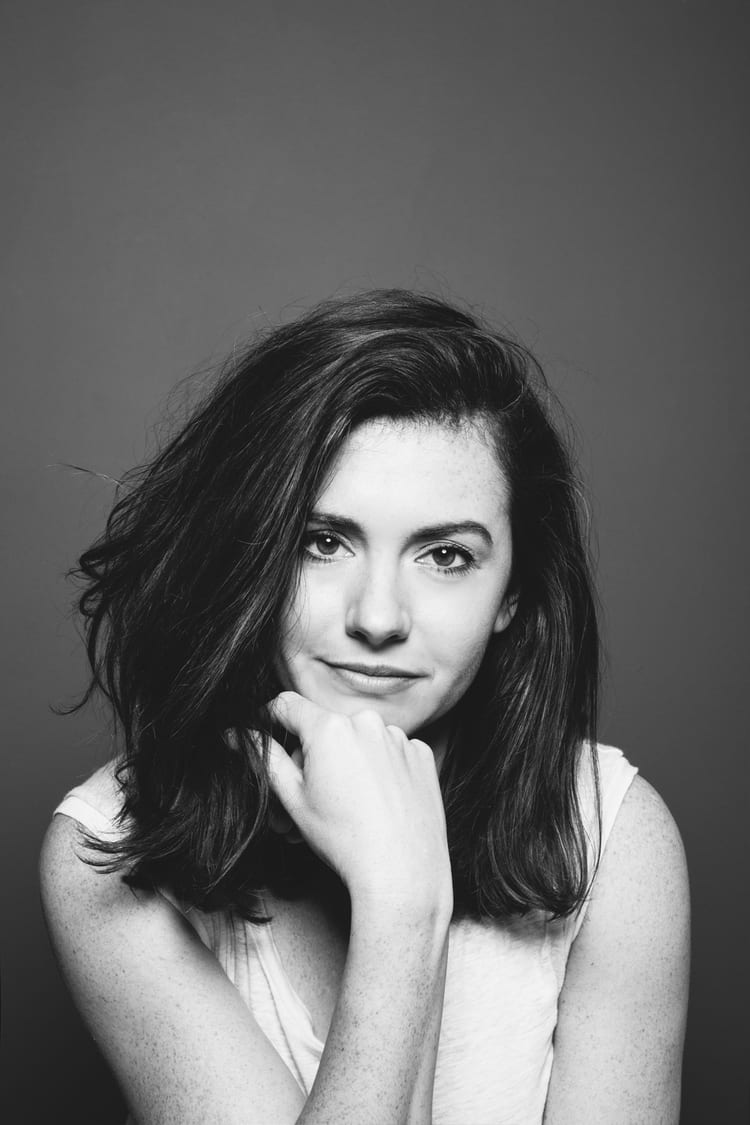

Kate is the founder of Wit & Delight. She is currently learning how to play tennis and is forever testing the boundaries of her creative muscle. Follow her on Instagram at @witanddelight_.
BY Kate Arends - October 9, 2019
Most-read posts:
Did you know W&D now has a resource library of Printable Art, Templates, Freebies, and more?
take me there
Get Our Best W&D Resources
for designing a life well-lived




Thank you for being here. For being open to enjoying life’s simple pleasures and looking inward to understand yourself, your neighbors, and your fellow humans! I’m looking forward to chatting with you.
Hi, I'm Kate. Welcome to my happy place.





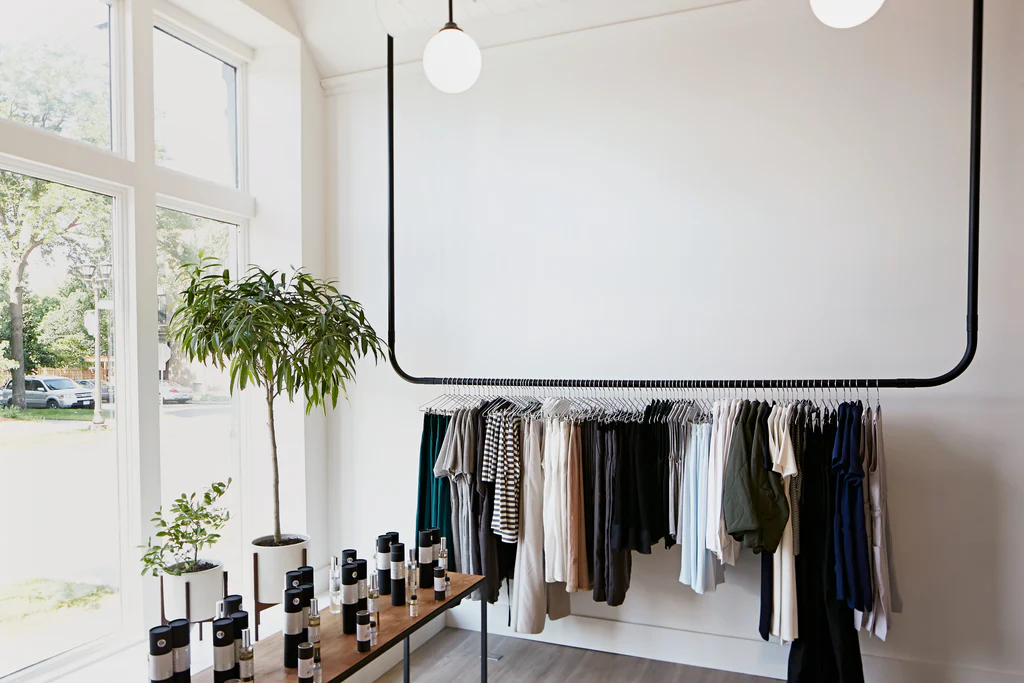

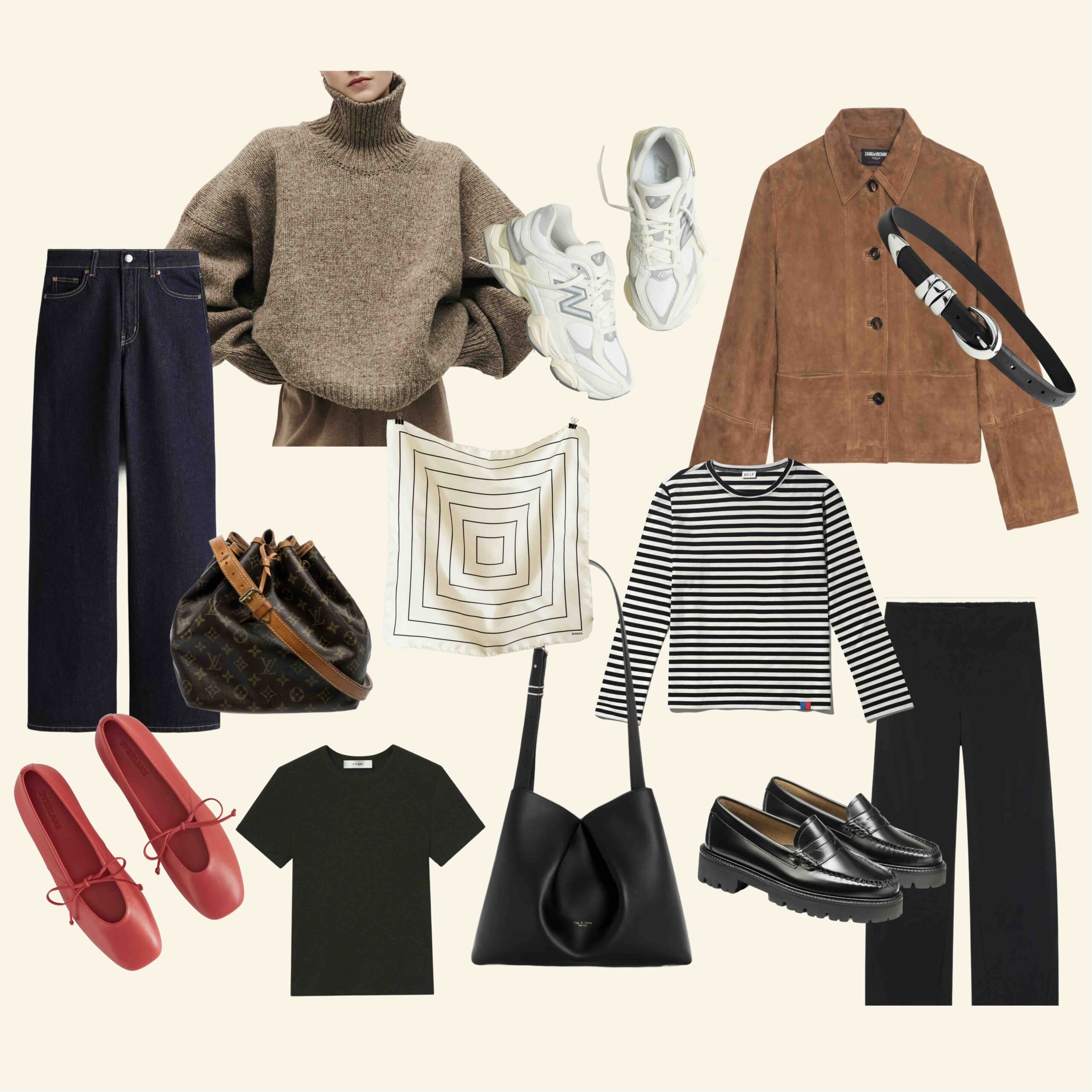
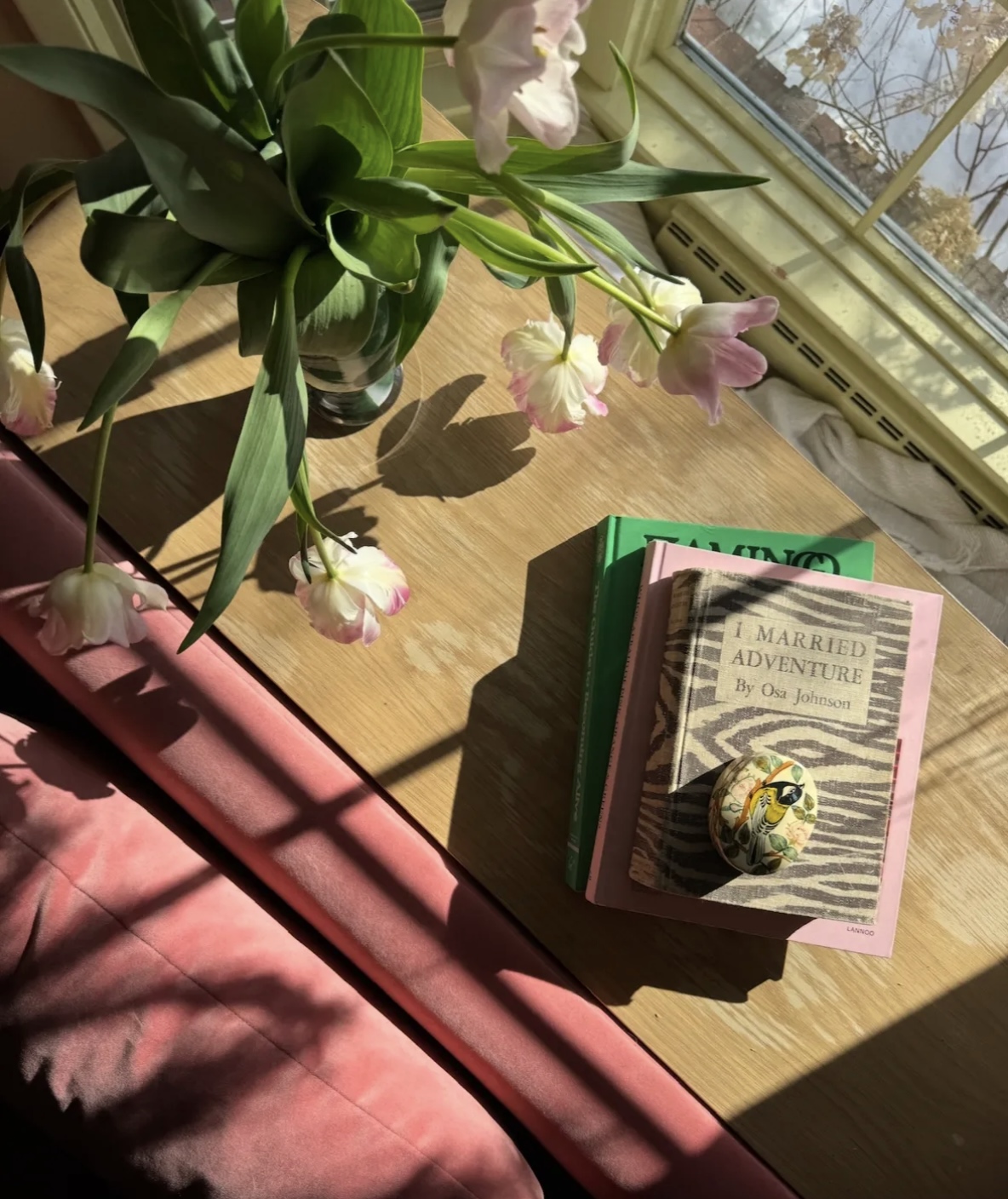
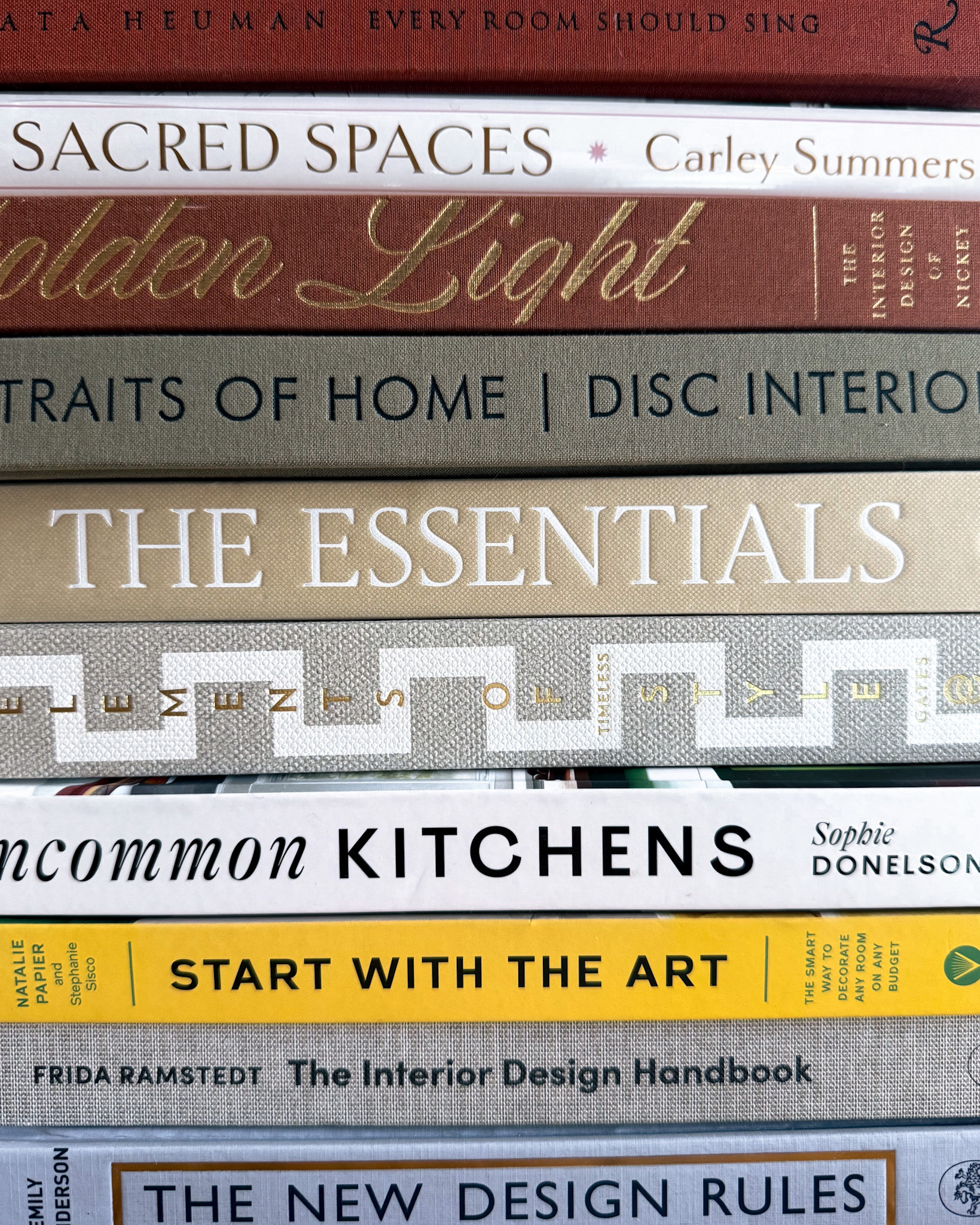

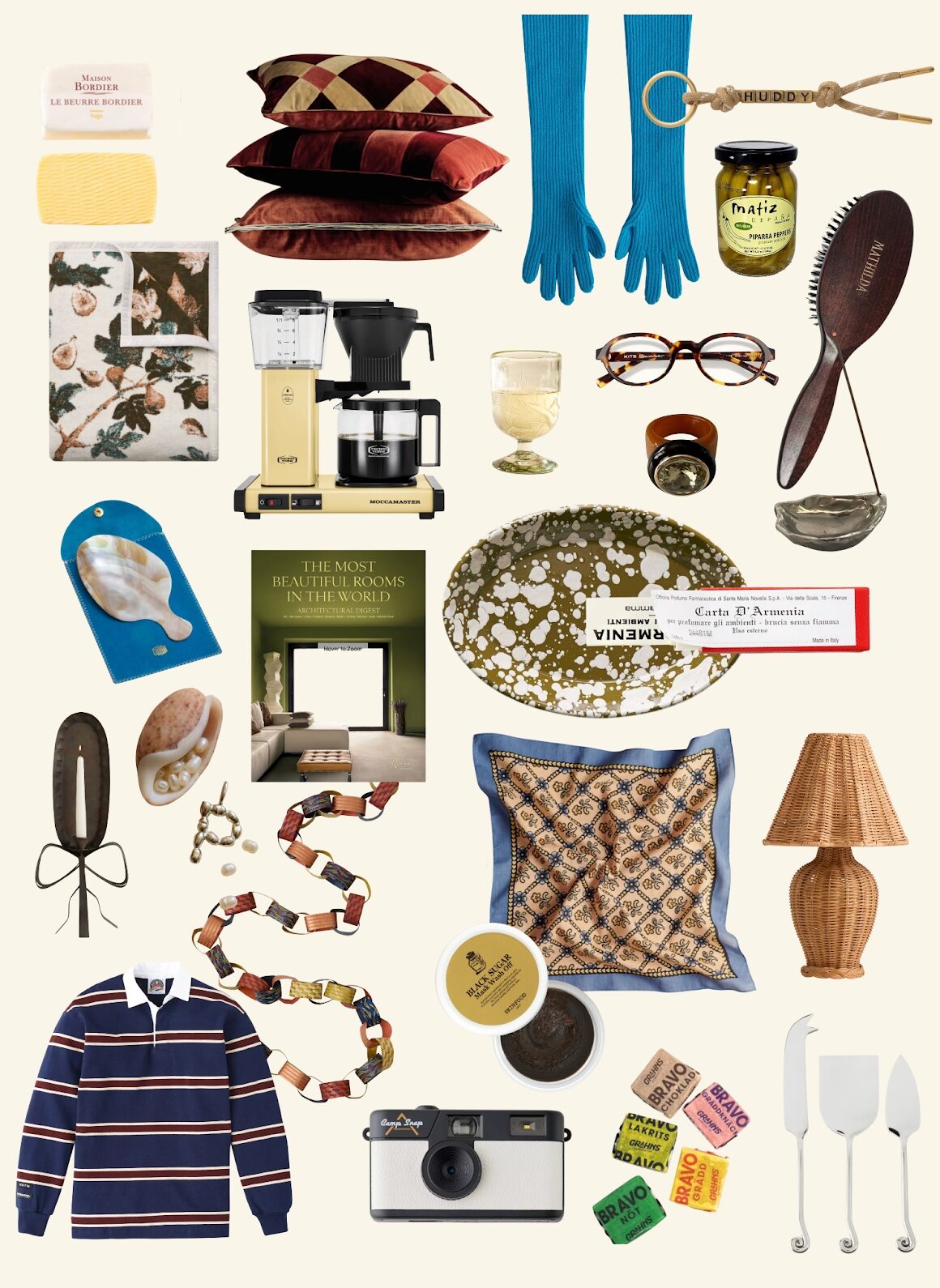





Thanks for sharing….
thanks for sharing informative post.
The article shared very well, the information is very helpful for my work